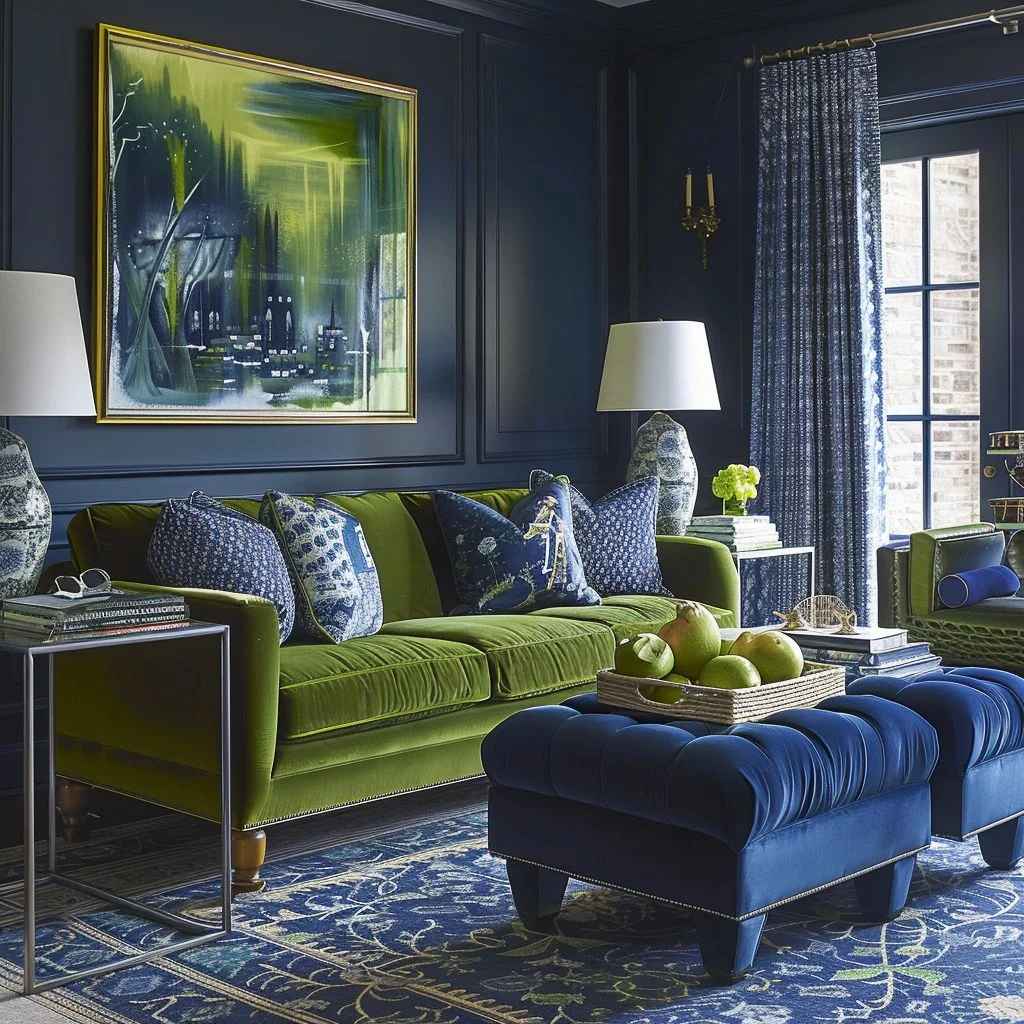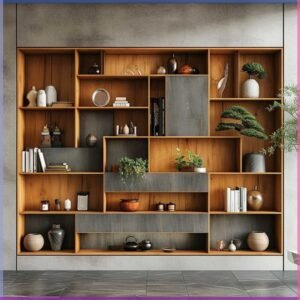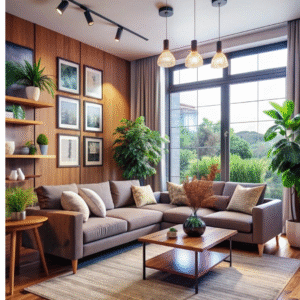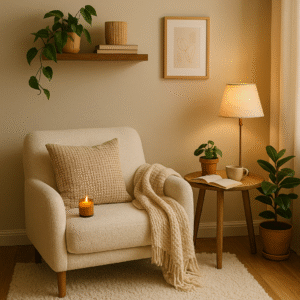Ever walked into a room and instantly felt a certain way – calm, energized, or perhaps even a little overwhelmed? More often than not, it’s the paint color doing the heavy lifting. Paint is far more than just a coating; it’s a transformative tool that sets the entire mood and tone of a space.
Choosing the perfect color palette for your home is one of the most impactful decisions you can make in interior design. The right colors can make a small room feel expansive, a large room feel cozy, and genuinely influence your daily mood. Ready to unlock the power of paint? Let’s dive in!
Why Your Paint Color Palette Matters More Than You Think
Before we pick up a brush, let’s understand why choosing your home’s color scheme deserves careful consideration:
- Mood & Emotion: Colors have a profound psychological effect. Cool tones (blues, greens) often evoke calmness and serenity, while warm tones (reds, yellows, oranges) bring energy and vibrancy.
- Space Perception: Lighter colors tend to make rooms feel larger and more open, reflecting light. Darker, richer tones can make a big space feel cozier and more intimate, or add a dramatic touch.
- The Foundation of Your Decor: Your wall color is the backdrop against which all your furniture, textiles, and decor elements will be placed. It’s the starting point for a cohesive, beautiful home decor style.
Understanding Color Basics for Your Home
Let’s break down the basic color families and where they shine in your home:
- Warm Colors (Reds, Oranges, Yellows, Terracottas): These are energetic and inviting. Ideal for kitchens, dining rooms, and social areas where you want to foster conversation and activity.
- Cool Colors (Blues, Greens, Purples): Calming, soothing, and often perceived as refreshing. Perfect for bedrooms, bathrooms, and meditation corners where relaxation is key.
- Neutrals (Whites, Greys, Beiges, Greiges): The ultimate versatile base. They provide a timeless backdrop that allows other decor elements to pop. Great for creating a sophisticated, modern home interior.
- Deep Tones (Navy, Charcoal, Forest Green, Plum): Used strategically, these can add drama, depth, and sophistication. Excellent for accent walls, formal dining rooms, or cozy reading nooks.
How to Build Your Perfect Paint Palette
Feeling overwhelmed by swatches? Follow these steps to choose paint colors with confidence:
- Find Your Inspiration First: Don’t start with a blank wall. Look for inspiration in a favorite rug, a piece of artwork, a patterned cushion, or even a cherished photo. This “anchor” piece can guide your entire color palette selection.
- Consider the Room’s Purpose:
- Bedroom: Aim for calm. Soft blues, muted greens, or gentle neutrals.
- Living Room: Inviting and versatile. Greys, creams, or soft earthy tones that can be accented with bolder colors.
- Kitchen/Dining Room: Energizing yet warm. Soft yellows, muted oranges, or deep blues can enhance appetite and conversation.
- Bathroom: Clean and serene. Whites, light blues, or seafoam greens are popular choices.
- Account for Existing Elements & Light:
- Furniture & Flooring: What undertones do your large pieces have? Ensure your paint color complements them.
- Natural Light: A north-facing room might feel cold with cool colors; a south-facing room might be too intense with bright warm colors. Observe how light changes throughout the day.
- Apply the 60-30-10 Rule: This classic home design rule helps create balance:
- 60% Dominant Color: This is your main wall color, covering the largest surface area.
- 30% Secondary Color: Used for larger furniture pieces, curtains, or an accent wall.
- 10% Accent Color: Your “pop” of color, found in smaller accessories like throw pillows, artwork, or decorative objects.
The Golden Rule: Test, Test, Test Your Paint Swatches!
This step is non-negotiable! Paint swatches rarely look the same on your walls as they do in the store.
- Get Samples: Buy small sample pots of your top 2-3 choices.
- Paint Large Squares: Apply large squares (at least 2×2 feet) on different walls in the room you plan to paint.
- Observe Throughout the Day: Watch how the colors change with natural light in the morning, afternoon, and evening, as well as under artificial lighting. This simple act can save you from costly mistakes and ensure you truly love your final paint color choice.
Creating Seamless Flow Between Rooms
To maintain harmony throughout your entire home, think about how colors transition from one space to the next.
- Consistent Undertones: Even if colors are different, ensure their underlying warmth or coolness is consistent.
- Repeat Accents: Carry an accent color from one room into an adjacent one through a piece of art or a small accessory to create a visual link.
- Neutral Bridges: Use a consistent neutral in hallways or entryways to connect different color schemes in individual rooms.
Unleash the Power of Color in Your Home
Choosing the perfect color palette for your home is an exciting journey of discovery. It’s not about following rigid rules but about crafting a space that genuinely feels right to you and reflects your personality. The right home decor colors can lift your mood, soothe your senses, and transform any ordinary room into your personal sanctuary.
Take your time, gather inspiration, and let paint color become your most powerful design tool in creating a truly beautiful and harmonious home.




